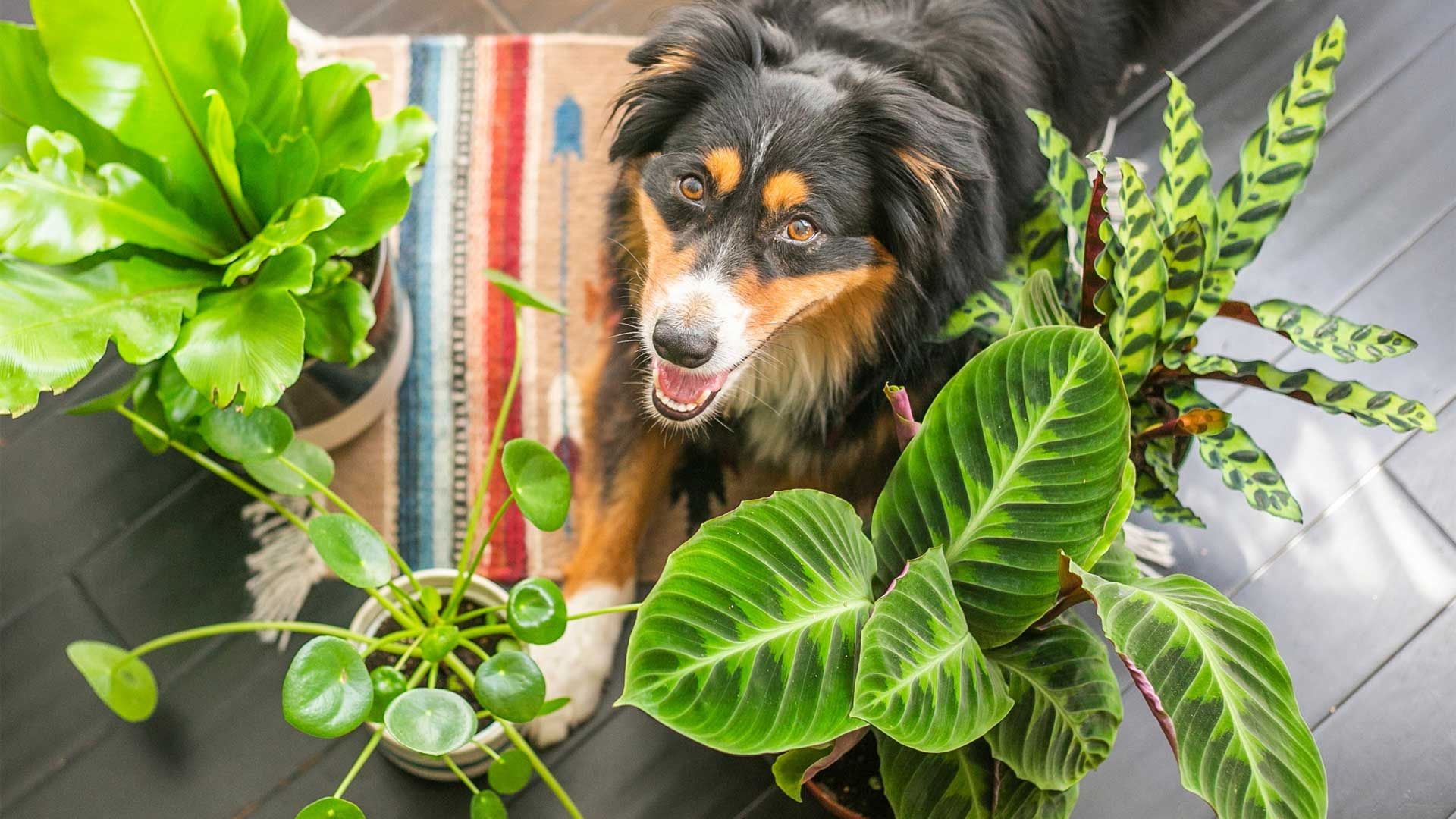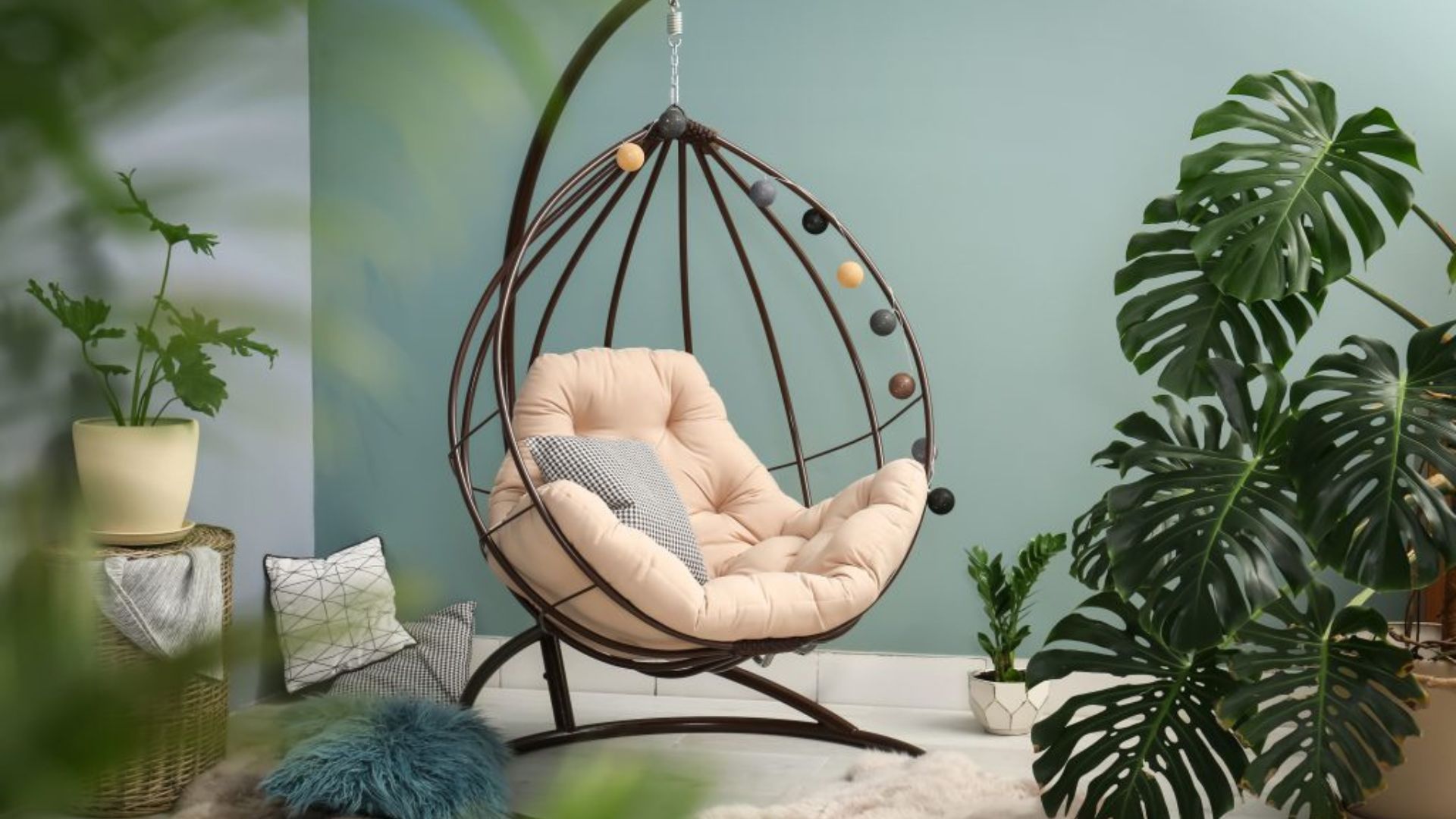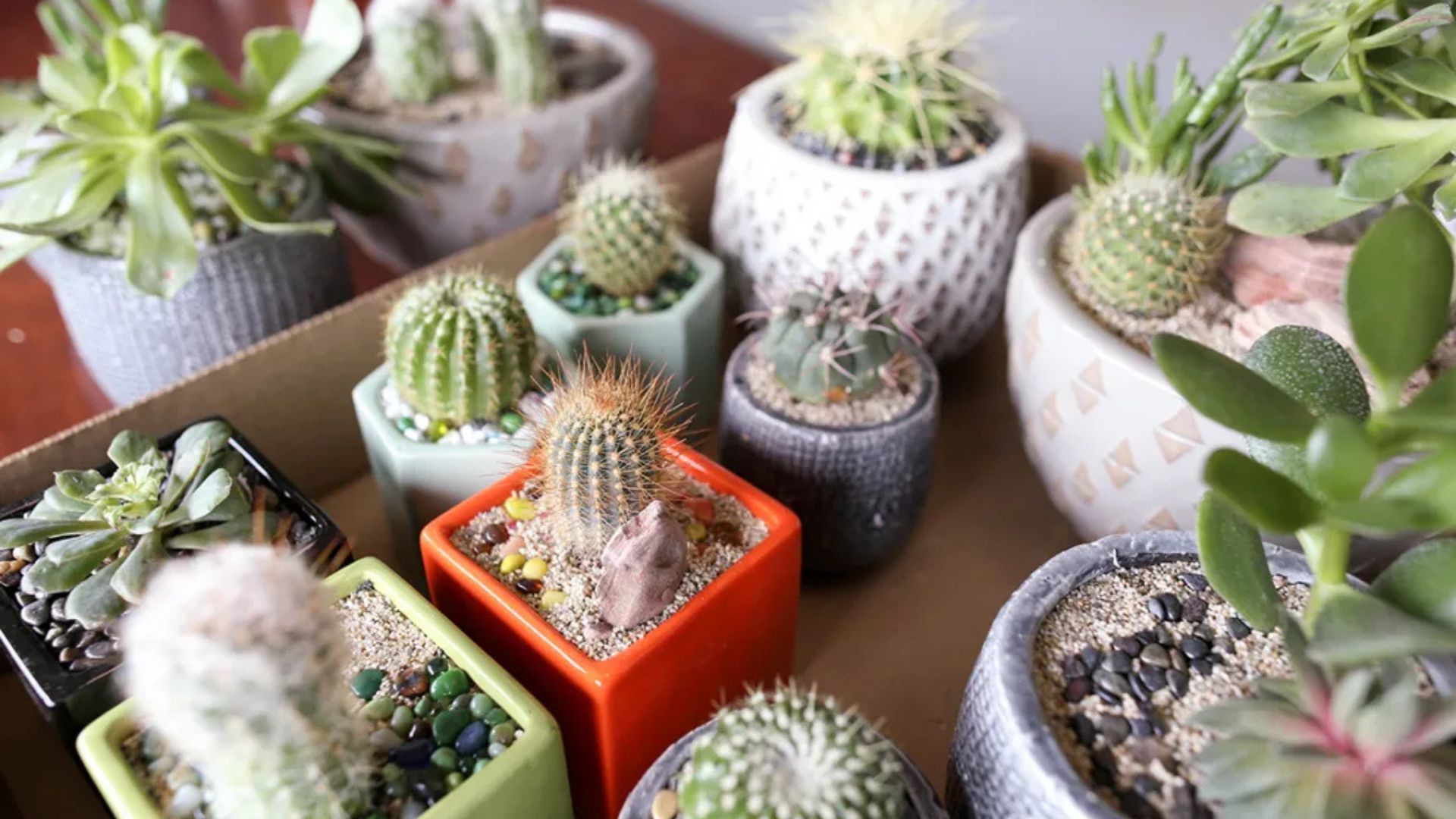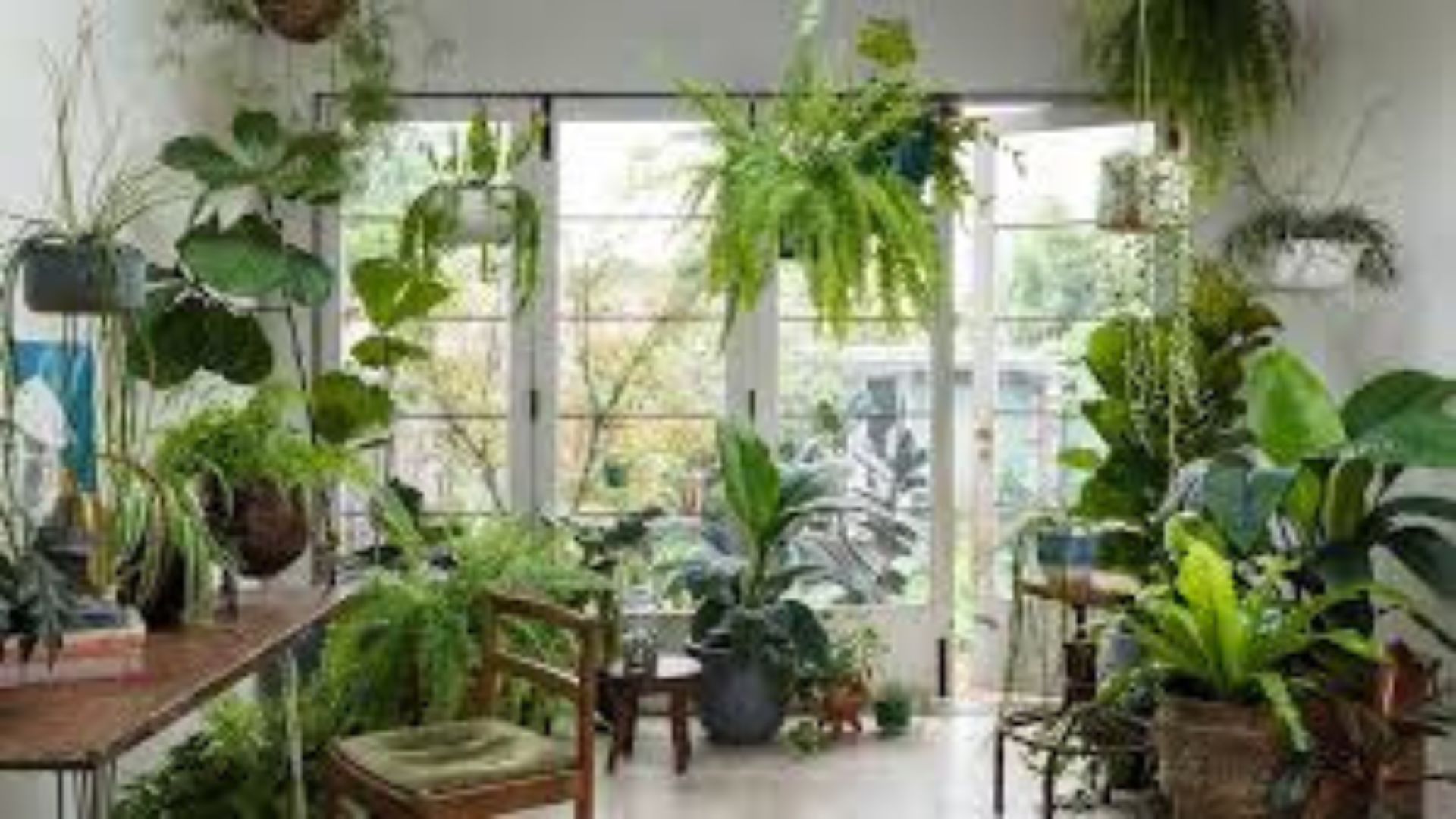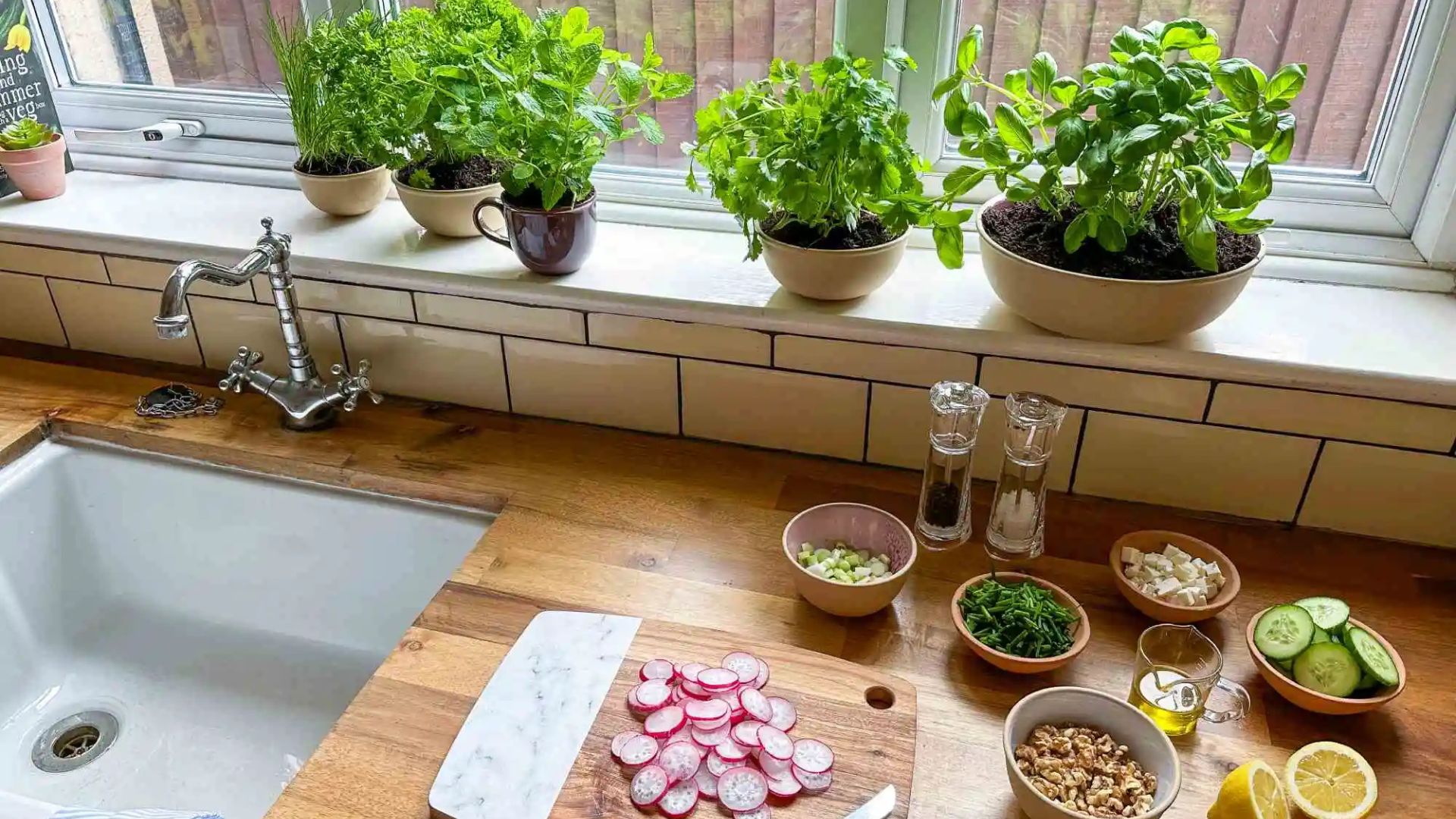If you’re a plant lover and a pet parent, finding the right balance between greenery and safety can be tricky. Many common houseplants are toxic to pets, causing anything from mild irritation to serious health issues if ingested. But don’t worry—you can still enjoy indoor plants without putting your furry friends at risk.
This guide will introduce you to pet-friendly indoor plants that are both beautiful and safe for cats and dogs, so you can decorate your space without worry.
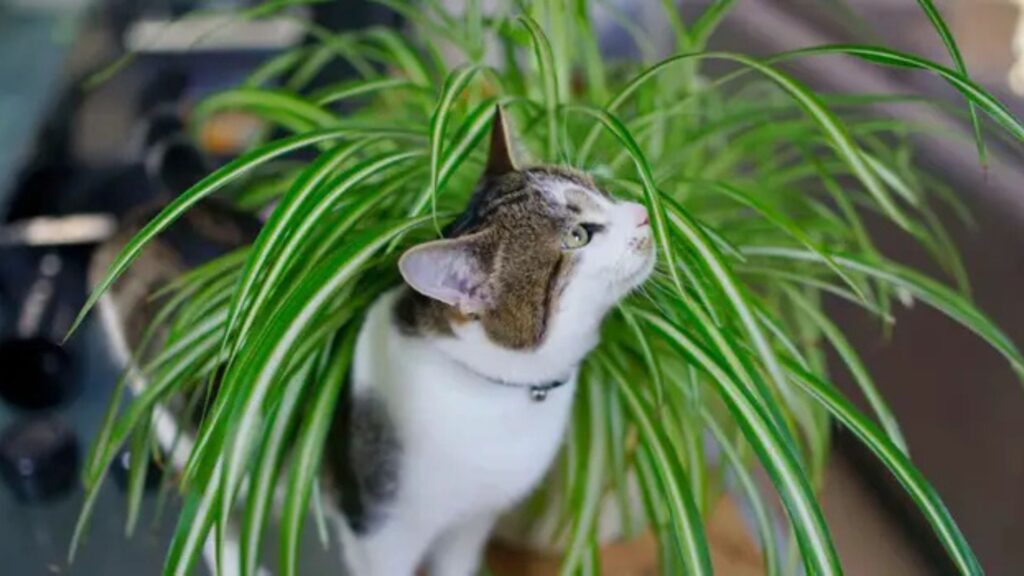
Why Pet-Safe Plants Matter
Pets are curious by nature. They may nibble on leaves, dig in soil, or knock over pots. That’s why it’s important to choose plants that won’t harm your cat or dog if accidentally chewed or touched.
Even if a plant is labeled “low toxicity,” it’s still best to keep it out of your pet’s reach and monitor their behavior around plants.
10 Pet-Friendly Indoor Plants You’ll Love
Here are some of the best non-toxic indoor plants that are considered safe for homes with cats and dogs, according to the ASPCA (American Society for the Prevention of Cruelty to Animals).
Spider Plant (Chlorophytum comosum)
-
Why you’ll love it: Easy to grow, fast-spreading, and adaptable to various light levels.
-
Pet-safe? Yes.
-
Care tip: Thrives in bright, indirect light. Water weekly.
Bonus: Some cats love to play with its long, trailing leaves—but it won’t hurt them!
Areca Palm (Dypsis lutescens)
-
Why you’ll love it: Elegant, tropical vibe with soft feathery fronds.
-
Pet-safe? Yes.
-
Care tip: Prefers bright, indirect light and regular watering.
This palm is perfect for adding height and greenery without risking your pet’s health.
Calathea (Calathea spp.)
-
Why you’ll love it: Bold, patterned leaves that close at night.
-
Pet-safe? Yes.
-
Care tip: Likes humidity and low to medium light. Keep soil moist.
Great for bathrooms or kitchens where moisture levels are higher.
Boston Fern (Nephrolepis exaltata)
-
Why you’ll love it: Soft, bushy appearance that fills out a space beautifully.
-
Pet-safe? Yes.
-
Care tip: Keep in indirect light and high humidity. Mist regularly.
It looks great in hanging baskets and helps purify indoor air.
Prayer Plant (Maranta leuconeura)
-
Why you’ll love it: Striking red veins and leaves that “pray” at night.
-
Pet-safe? Yes.
-
Care tip: Prefers filtered light and evenly moist soil.
Compact and perfect for small spaces like shelves or desktops.
Bamboo Palm (Chamaedorea seifrizii)
-
Why you’ll love it: Adds a tropical, exotic touch and grows tall over time.
-
Pet-safe? Yes.
-
Care tip: Needs bright, indirect light and consistent moisture.
Also acts as a natural humidifier—great for dry indoor environments.
Peperomia (Peperomia spp.)
-
Why you’ll love it: Compact, with thick, waxy leaves in various textures.
-
Pet-safe? Yes.
-
Care tip: Low to medium light, allow soil to dry between waterings.
A great beginner plant that stays small and stylish.
African Violet (Saintpaulia)
-
Why you’ll love it: Soft, fuzzy leaves and colorful blooms year-round.
-
Pet-safe? Yes.
-
Care tip: Prefers bright, indirect light and consistent watering from the bottom.
Adds a cheerful pop of color to any windowsill.
Baby Rubber Plant (Peperomia obtusifolia)
-
Why you’ll love it: Not a true rubber plant (which is toxic), this one is safe and looks similar.
-
Pet-safe? Yes.
-
Care tip: Moderate light and minimal watering needed.
It’s compact, attractive, and safe for curious paws.
Polka Dot Plant (Hypoestes phyllostachya)
-
Why you’ll love it: Colorful speckled leaves in pink, red, or white.
-
Pet-safe? Yes.
-
Care tip: Needs bright light to maintain color. Keep soil slightly moist.
Fun and vibrant, it’s a great choice for pet-safe style.
Popular Houseplants That Are Not Pet-Safe
While choosing new plants, it’s just as important to know what to avoid. Here are some common toxic plants:
-
Monstera (Swiss Cheese Plant)
-
Philodendron
-
Pothos (Devil’s Ivy)
-
Peace Lily
-
Snake Plant
-
Aloe Vera
-
Rubber Plant (Ficus elastica)
-
Sago Palm – Extremely toxic
Always double-check a plant’s safety before bringing it home. If your pet ingests a harmful plant, contact a vet immediately.
General Tips for Pet-Friendly Plant Care
Even with safe plants, some smart precautions will keep both plants and pets happy:
-
Use hanging baskets or shelves to keep plants away from digging or nibbling.
-
Cover soil with decorative stones to discourage digging.
-
Train pets early to avoid plant areas if possible.
-
Observe behavior—some pets are more curious than others.
Remember, “non-toxic” doesn’t mean edible. Always supervise when introducing plants.
Conclusion
Decorating with plants doesn’t have to come at the expense of your pet’s safety. With these pet-friendly indoor plants, you can fill your home with natural beauty, cleaner air, and peace of mind.
By making smart choices and practicing a few precautions, your indoor garden can be a safe, thriving space for everyone—including your four-legged companions.






